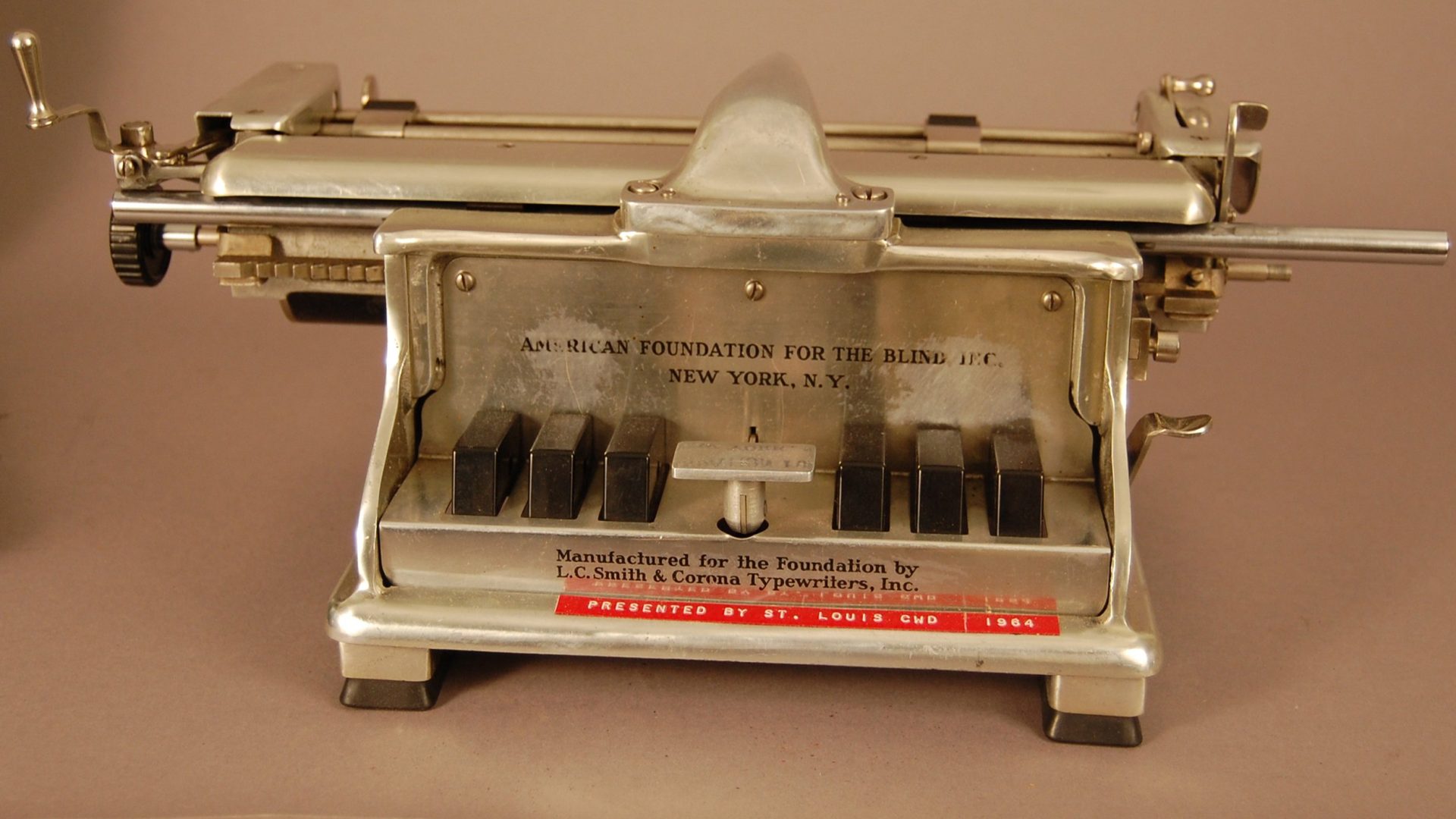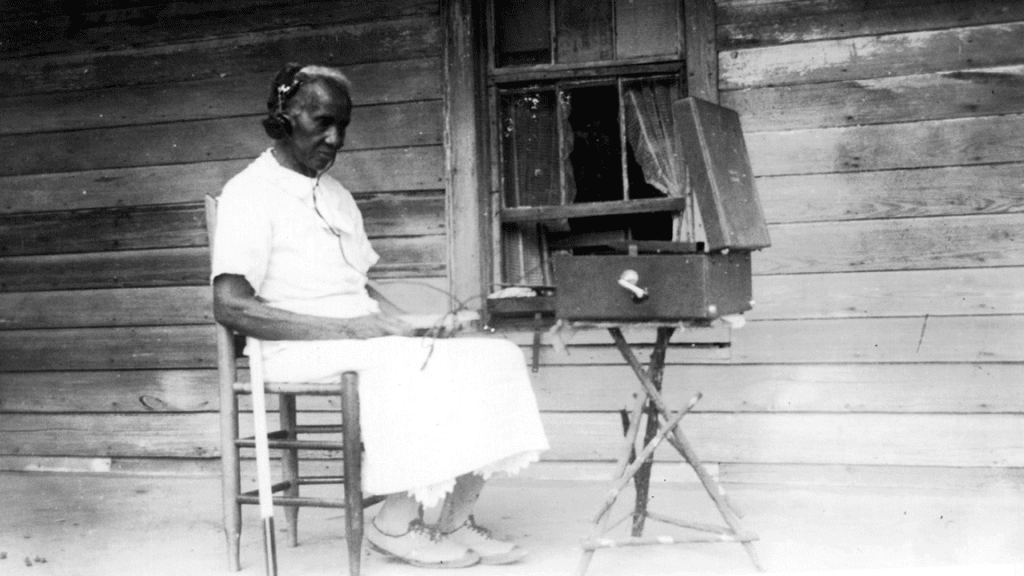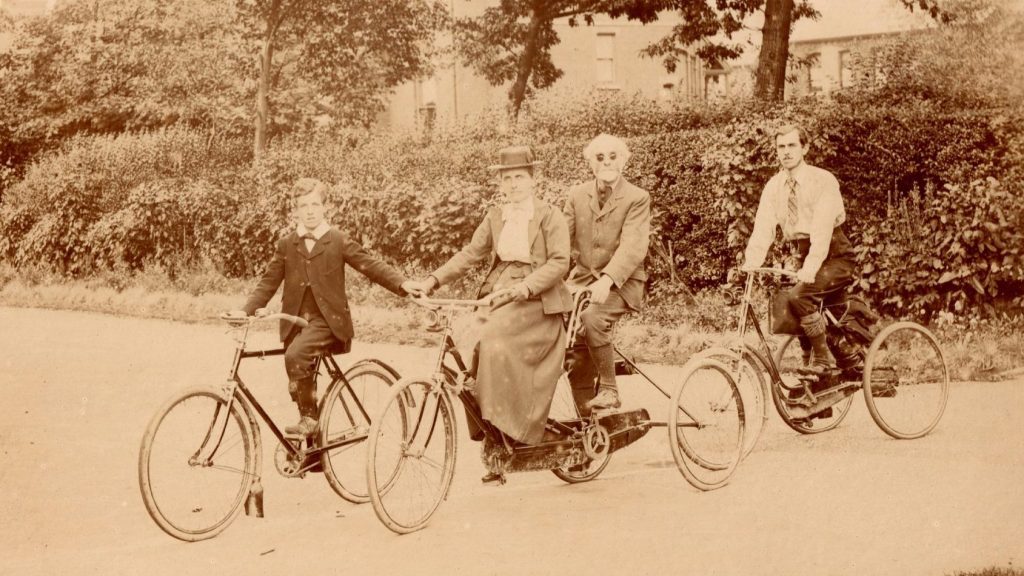To ensure gift delivery by 12/25, please place orders via UPS shipping no later than 12/17.
CloseThe Foundation Writer

When the AFB Helen Keller Archives were loaned to APH in 2020 by the American Foundation for the Blind, they were accompanied by the equally important but less-glamorous AFB Archive. The AFB Archive contains a complete history of the Foundation in correspondence, photographs, and recordings.
In the archive are twenty-one folders about the development of AFB’s “Foundation Writer” braillewriter. Several of these folders document submissions from inventors of obscure braillewriters that likely never saw production and are not documented elsewhere. Though some of them might be unknown, names like Framcesconi, Tejedo, and Frumkin are preserved in history for their unique contributions to the development of the Foundation Writer.
An inventor named “Hickey” even received a response letter from AFB Executive Director Robert Irwin explaining his dream of a “fireproof” display room at AFB for such experimental submissions – a place where Hickey’s prototype would have an honored spot. Alongside these inventors are folders with the names of organizations that contributed to the development of braillewriters, such as the Braille Institute, Pitman Engineering, Armour Research, and Smith-Corona.
Along with the individual and organizational folders are seven more that document the development of the AFB Foundation Braillewriter from 1924 to 1936. In addition to innumerable pieces of correspondence, these files hold original schematics, unique photographs, a collection of positive feedback from early users, and even the original patent document for the Foundation Writer.
The pages and pages of correspondence, be it between individuals or entire companies, illustrate the huge number of people who had part in the development and production of this one important braillewriter.
The Foundation Writer was developed by AFB after the company discontinued production of the Hall Braillewriter in 1932. AFB contracted Smith-Corona to manufacture the Writer. The machine featured a carriage return and line-space lever, a back space key, and margin stops like those found on standard typewriters. The keyboard resembled that of the Hall. Most of the housing and parts were constructed from polished aluminum and stainless steel, resulting in a streamlined look inspired by aircraft design. Production ended in 1947 after a total production of around 2,000 machines.
Share this article.
Related articles

Blindness History Basics: Helen Keller Archival Collection
One of the most fascinating treasures at The Dot Experience is the American Foundation for the Blind (AFB) Helen Keller...

Finding Sadie
“The blind veterans here in the Helen Keller class are able, thru talking books, to obliterate the tedious hospital hours...

Sir Francis Campbell Rides Again
The American Foundation for the Blind Archive, housed at APH since 2020, never fails to provide surprises. This September 2021...
